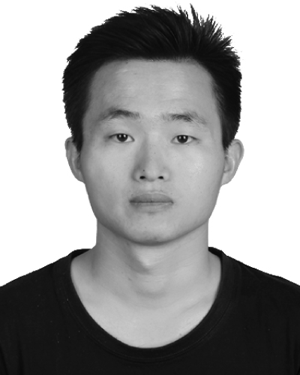Author details

Huai Yu
Affiliation
Electronic Information School
Wuhan University
Wuhan, China
Biography
Huai Yu (Member, IEEE) received the B.S. and Ph.D. degrees in communication and information systems from Wuhan University, Wuhan, China, in 2015 and 2020, respectively.,From 2018 to 2020 and 2020 to 2021, he was a Visiting Scholar and a Post-Doctoral Fellow with the Robotics Institute, Carnegie Mellon University, Pittsburgh, PA, USA. He is currently working as a Research Associate Professor with the School of Electronic Information, Wuhan University. His research interests include multimodal visual feature detection and matching, structure from motion, and SLAM.(Based on document published on 29 January 2024). Author's Published Works

